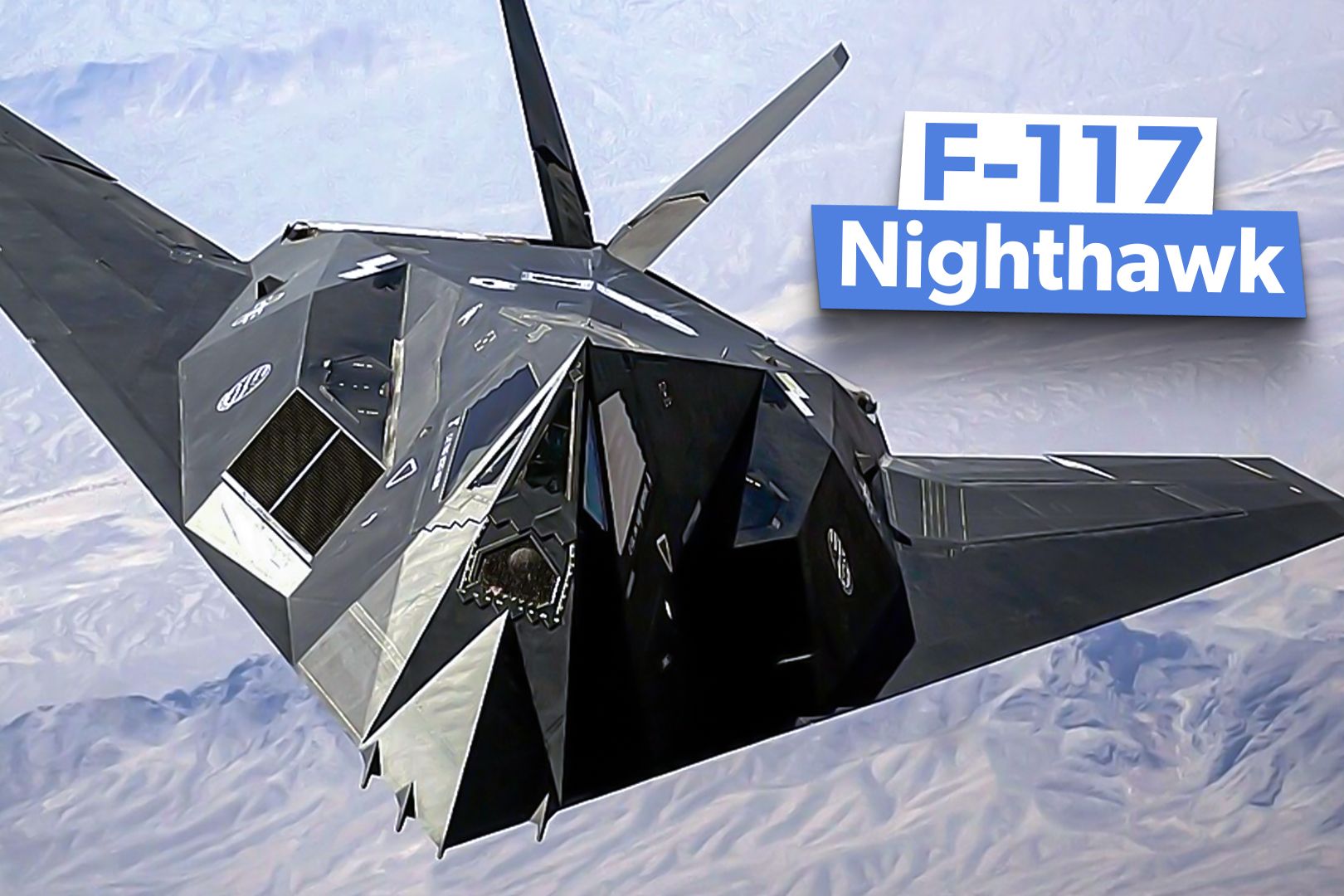Sprawled on a canvas bunk less than an arm’s length from a weapons-release switch, the pilots of the B-2 Spirit do their best to get shut eye in the confines of their billion-dollar stealth bomber’s bunk. The mighty Northrop Grumman flying wing is among the smaller bombers of the US Air Force’s Global Strike Command, but conducts extremely prolonged mission sorties. Naturally, if you have aircrew onboard for more than 24 hours, it makes sense that you want them to rest along the way. Captain Chris “Thunder” Beck, a B-2, and former B-52, pilot told Defense News:
“After you do a few long-duration flights, anything under twenty hours doesn’t seem like a big deal.”
Every USAF B-2A carries a fold-down cot, a microwave around the size of a shoebox, and a small chemical toilet. That pocket-sized studio wrapped in radar-absorbent material (RAM) and sitting on top of bombs and jet engines is how two pilots keep the B-2 aloft longer than any other crewed combat aircraft in service. Without the basic amenities of life, the Spirit’s 6,000 NM unrefuelled range would be academic, as would the 40-hour loops from Missouri to Libya and back that they fly.
Flying Forty-Hour Missions
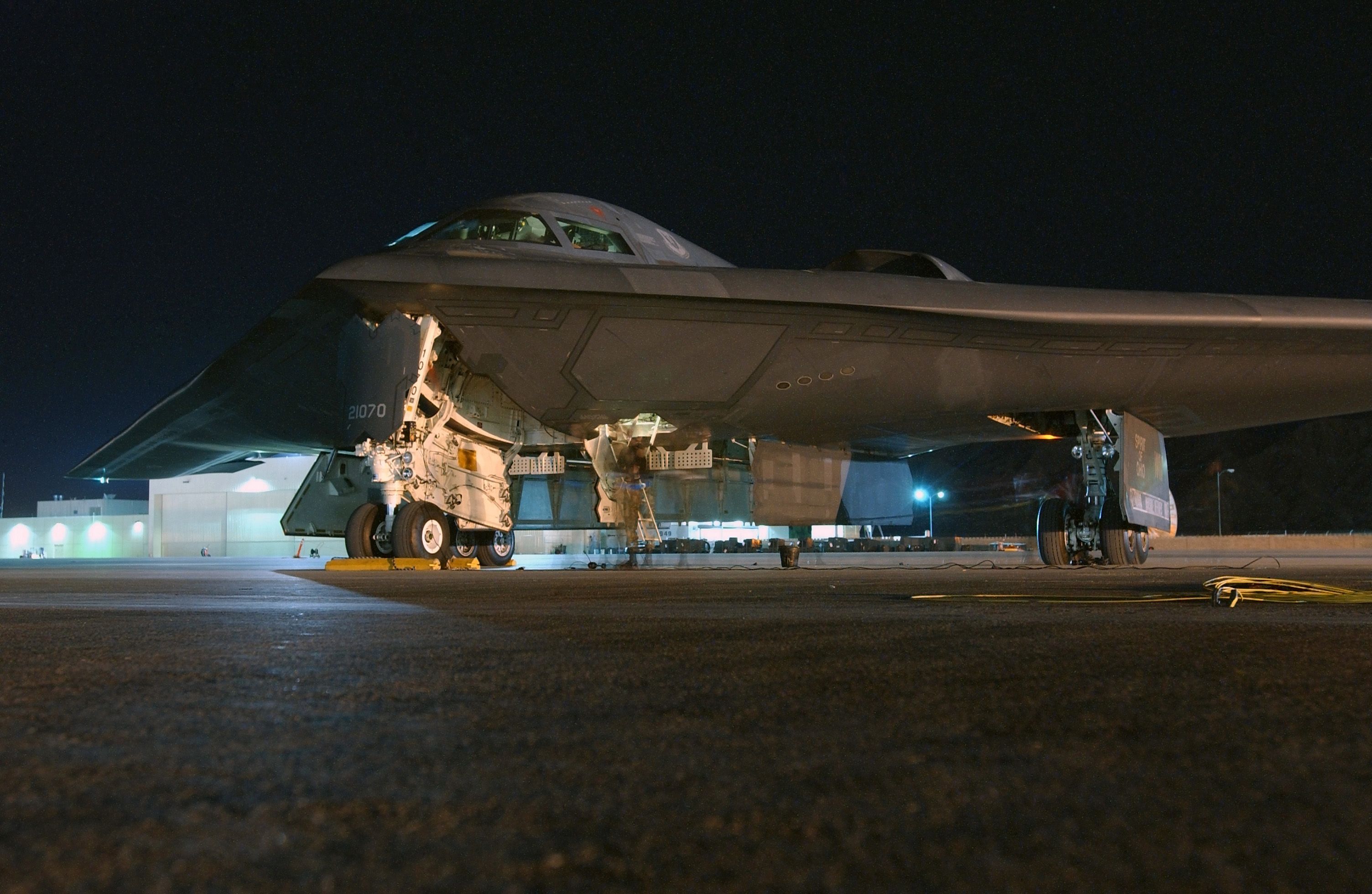 Photo: US Air Force, US National Archives
Photo: US Air Force, US National Archives
Former B-2 pilot, Mel Deaile’s mission after the event of September 11, 2001 (as he recounted to the USO) began with a four-hour flight from Whiteman AFB to the California coast for air refueling in the “Spirit of America.” The bomber tanked at least three times en route, including over Guam, through the Straits of Malacca, and in the Indian Ocean near Diego Garcia.
Between refuelings, the pilots take turns trying to get a few hours of rest in the modified “cot” behind the two ejection seats. Their journey took over 24 hours, in daylight, until they reached the coast of Pakistan. The mission was bombing runs on multiple targets throughout Afghanistan, and with the extended timeline of their flight profile, 70% of their targets had been changed by the time they arrived in theater.
After spending about 25 hours en route, the strike window was only two hours over enemy territory. The bomber exited the country and headed for the tanker with four smart bombs still onboard. As gas was running low, they orbited in the Arabian Sea waiting for a tanker when they were pinged for and accepted a new target. After another 90 minutes of strike runs, they exited Afghanistan a second time to find a waiting tanker to reach Diego Garcia, the final destination.
Four hours later, the team approached the tiny, remote island, ready to touch land for the first time in 44 hours. The B-52 that landed immediately before us had an emergency upon landing, forcing us to "go around," granting the crew a 15-minute aerial tour of the island. After touching down, a fresh crew of two B-2 pilots climbed onboard, and within 45 minutes, the stealth bomber was airborne for its 30-hour journey back to Missouri.
The Spirit of America and five other B-2s operated for more than 70 hours nonstop during the American retaliatory attacks against terrorists. In a testament to the incredible engineering and design of the aircraft, no aircraft encountered any issues or engine trouble during the first three days. Mel Deaile later retired as a colonel, and his copilot went on to be an F-22 Raptor pilot in the reserves.
Bed Or No Bed
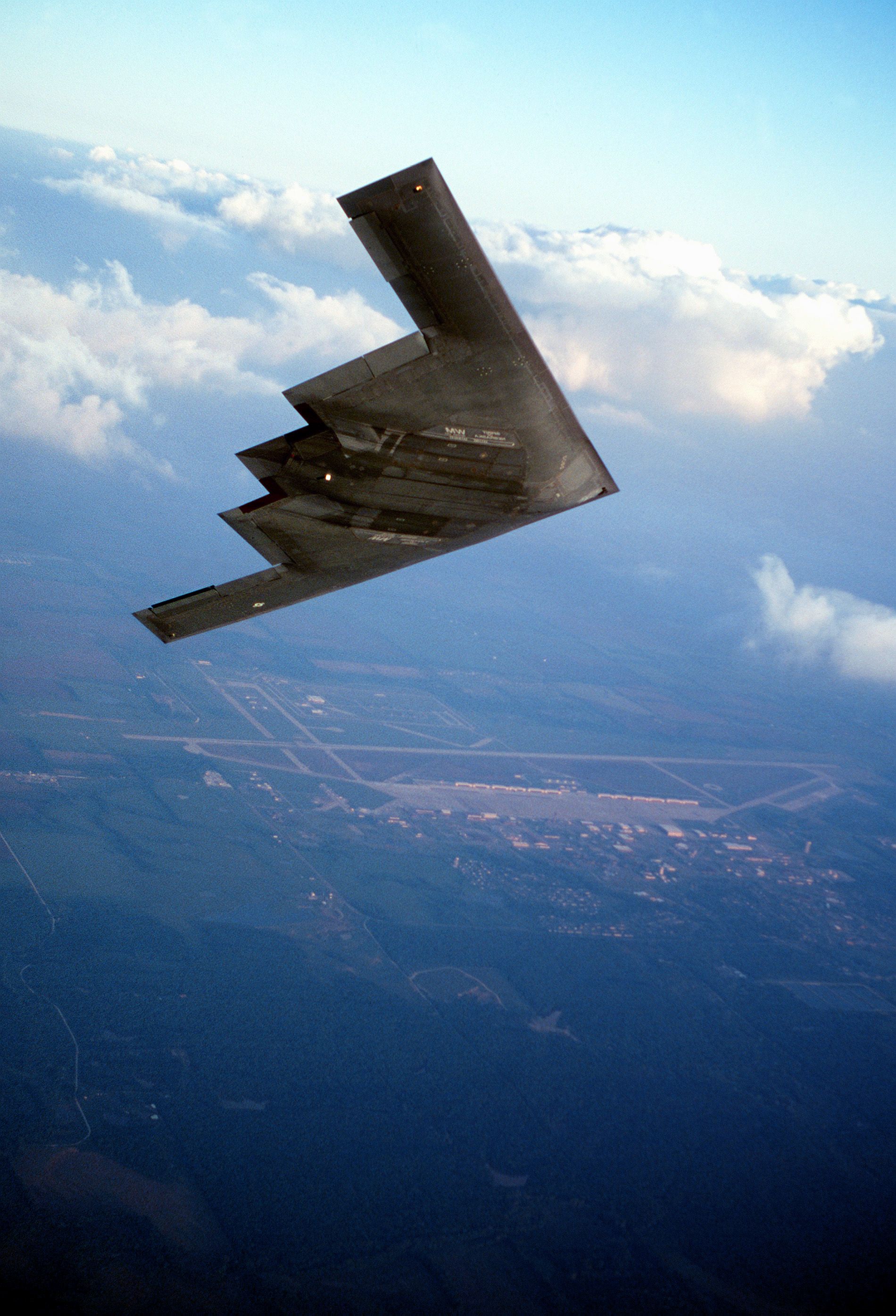 Photo: US Air Force, US National Archives
Photo: US Air Force, US National Archives
The B-1 Lancer, B-2 Spirit, and B-52 Stratofortress are the strategic heavy bombers of the USAF today. They each fill a unique niche and, as a result, each has a slightly different mission profile and, therefore, a different approach to crew rest. The B-1 usually flies faster strike missions with shorter timelines, which means it is the only one with no permanent bedding installed. Each plane does have a galley. However, the B-2 seems to be the only one with a microwave aboard.
The B-52 has a single bunk for crew rest, which the five-strong aircrew take turns using while aloft. The pilots rotate stations to maintain alertness to the highest degree possible while on extended flights. The B-2 is the only one that a person six feet tall (1.8 m) can stand in, which is appreciated by the aircrew as they fly the longest mission times with the smallest crews.
|
Bomber |
Permanent Bed |
Galley |
Toilet |
Crew |
|
Yes |
Microwave |
Chemical |
Two |
|
|
B-1B |
No |
Yes |
Chemical |
Four |
|
Yes |
Oven |
Chemical |
Five |
Each of these powerful warbirds fulfills a different need for a strategic strike that the US Air Force delivers in order to support the armed forces of America and its allies. They may differ in many ways, and the approach to mission execution is dramatically different between each platform, but the ultimate goal is the same, and the joint qualities of this incredible trio make the US Air Force the most powerful strategic air power in the world to date.
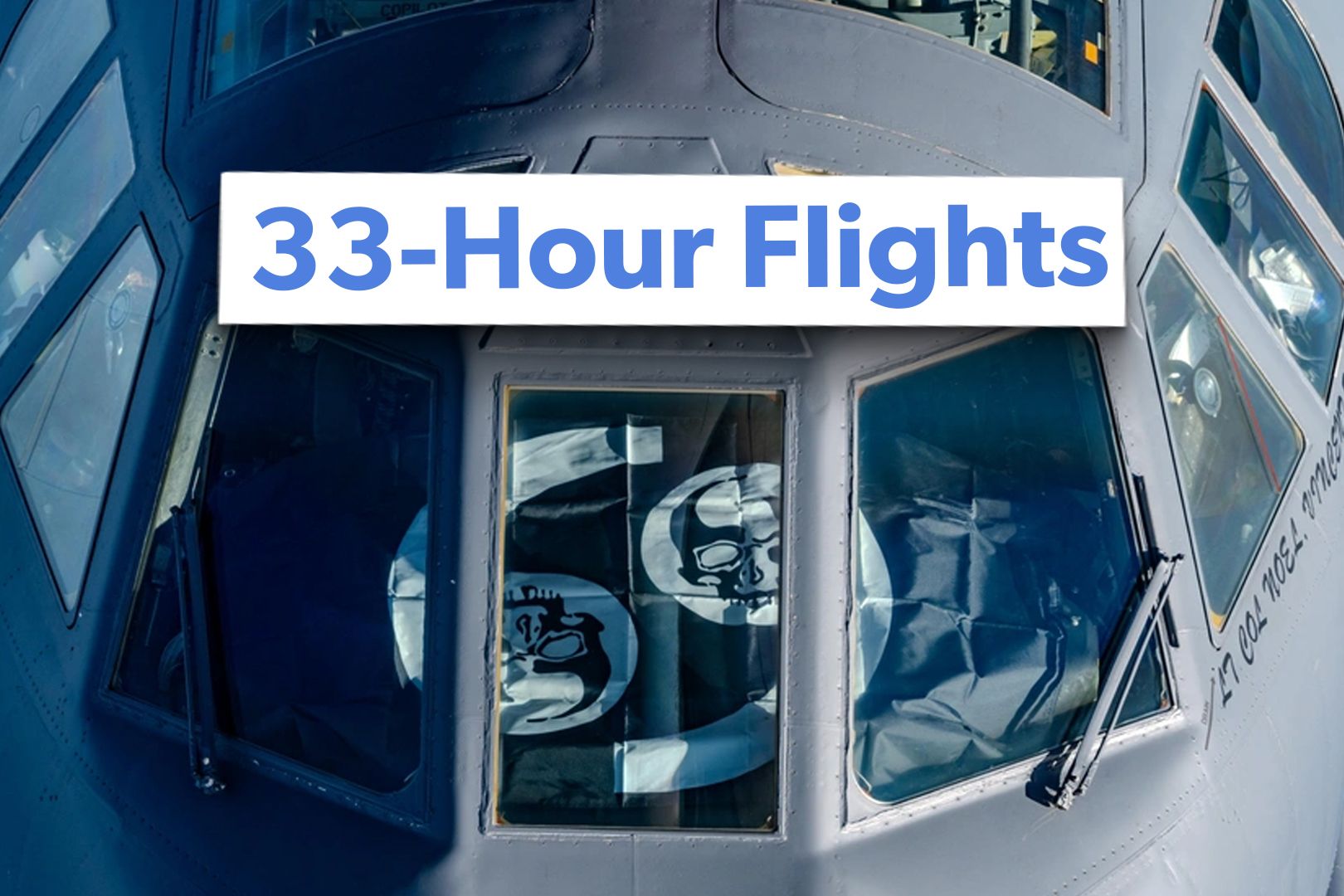
Related
How US Air Force Global Strike Command Gets Aircrew Fit To Fly B-52s For 33 Hours
New methods keep B-52 flight crews alert during 30+ hour missions, merging physical stamina with mental strength for global readiness.
Making The Cut
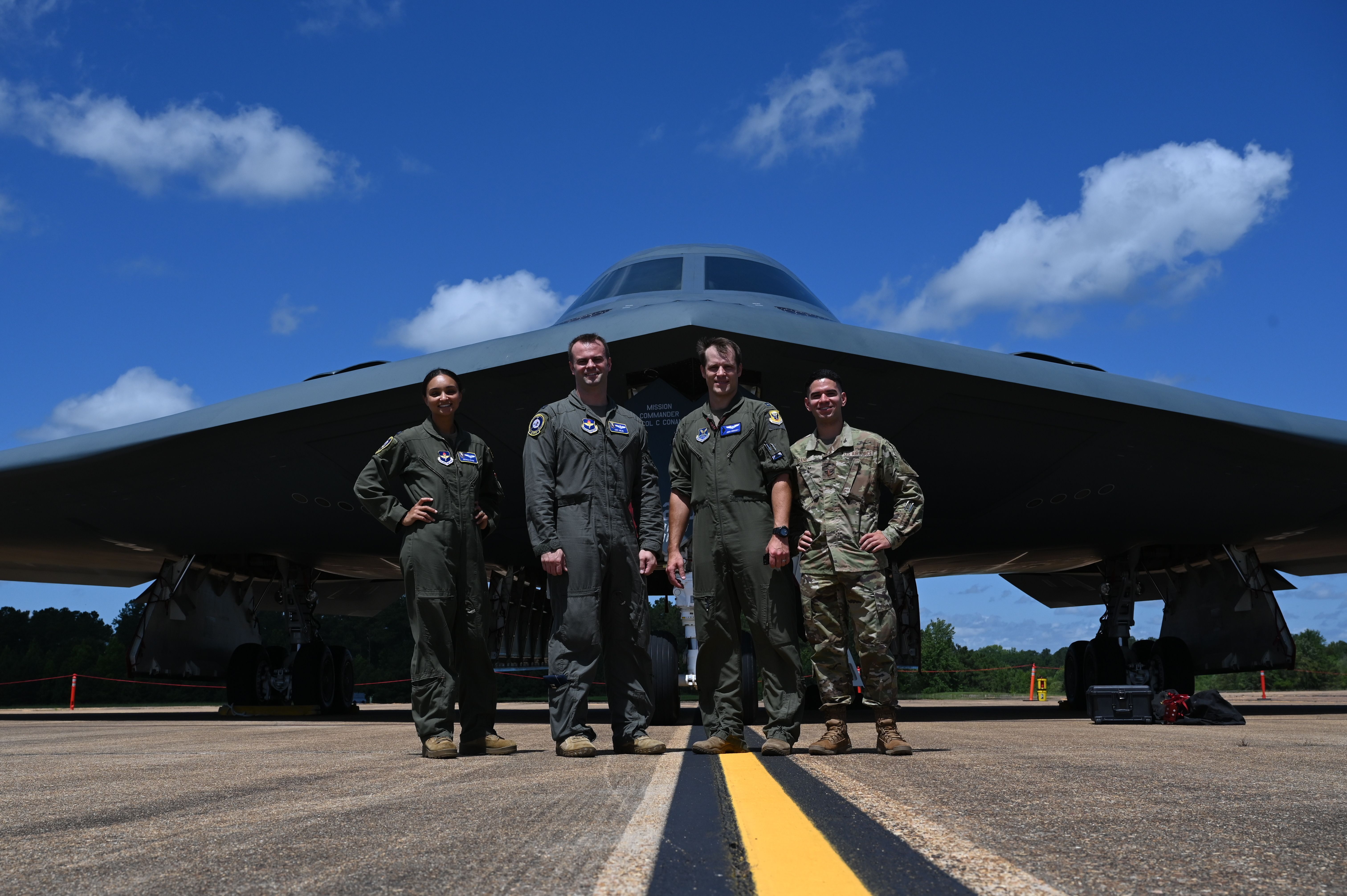 Photo: US Air Force
Photo: US Air Force
In 2020, the 500th pilot graduated from the Initial Qualification Training program at Whiteman Air Force Base to fly the B-2. The stealth bomber is one of the few platforms that requires a performance package from pilots to submit with their flying and personnel records. The program demands 266 hours of academics, 30 exams, 46 simulator missions, and 10 flights in the aircraft. The small cadre of pilots to qualify to fly this unique aircraft carries on a prestigious legacy of exceptionally skilled pilots.
Captain Clayton Smith, the 500th IQT graduate, said:
“It’s a dream come true and an honor to graduate and be a part of such an elite community of pilots. It is a true testament to the hard work of every member who has ever had any part in the B-2 program that has produced so many outstanding pilots.”
The B-2 Spirit stealth bomber is a crucial part of the US Air Force, requiring aviators with high skill levels and long-term experience in stick-and-rudder operations. As the USAF faces a pilot shortage, the competition for skilled aviators is growing. The old method of cherry-picking the best from every community for the 509th Bomb Wing at Whiteman Air Force Base is becoming increasingly less common.
Air Force Global Strike Command still finds new B-2 pilots by cross-training them from other communities, but B-2 wings are increasingly bringing on pilots directly from Air Education and Training Command. These wings have to keep training and developing their skills. In 2019, Brandon Cameron, a 1st Lieutenant, was preparing to be a B-2 pilot after his first assignment from finishing training as a T-38 instructor pilot at Randolph Air Force Base in Texas. He found out that he could go straight to a B-2 squadron and told Defense News that it sounded like "one of the best gigs in the Air Force."
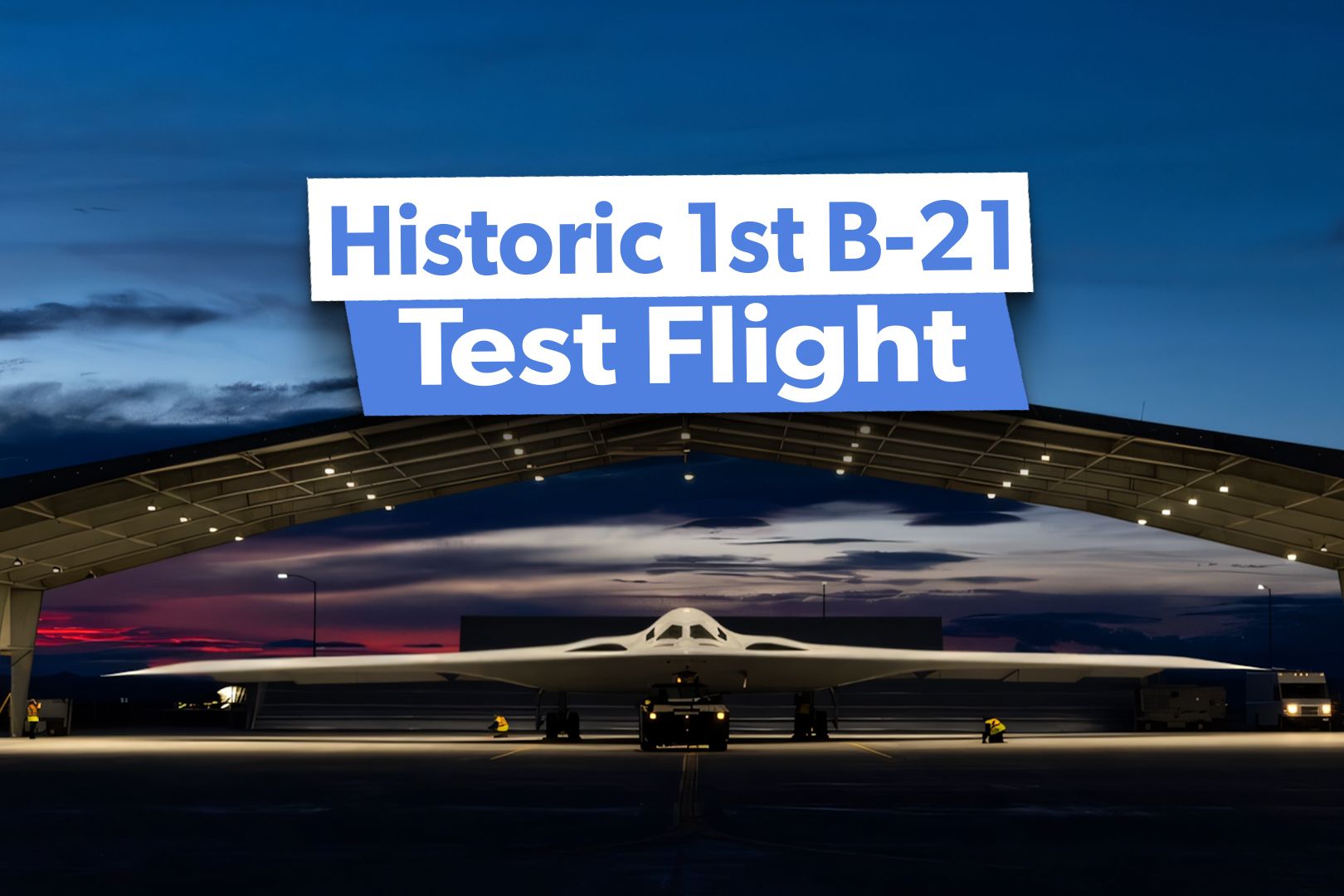
Related
In Pictures: A Look Back At The Historic 1st B-21 Raider Test Flight At Edwards Air Force Base
In 2024, the B-21 Raider soared over Edwards AFB in a historic achievement to unconventional aircraft designs and stealth technology.
By The Numbers
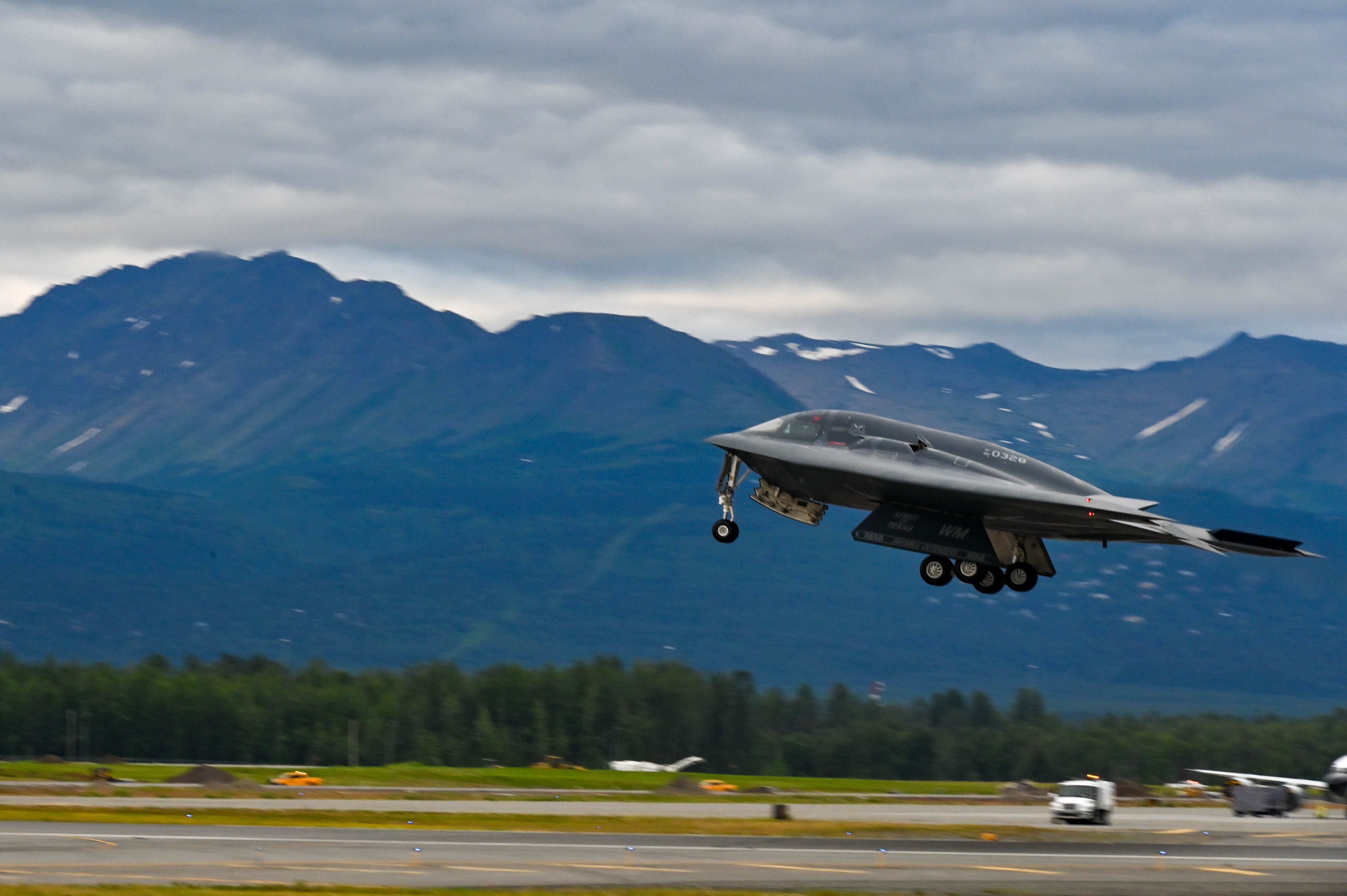 Photo: US Air Force
Photo: US Air Force
It’s no secret that the B-2 Spirit was an incredibly expensive undertaking. In fact, you could even say it is infamous for the cost overruns and final pricetag that came with each plane. The result, however, was a true breakthrough in the world of not only military technology but aviation in general. The B-2 Spirit is an equal marvel of technology for its radar-defeating qualities as it is for being the first jet-powered, flying-wing to be adopted into full, active service.
The B-2 Spirit has been controversial since before it was even seen, with President Jimmy Carter’s announcement of its development in 1980, just before Ronald Reagan would be elected as the next US President. The mighty warbird never realized the full production goals of the USAF and Northrop Grumman, with only 20 out of a planned 200 being built. The staggering cost of around $2 billion per airplane left a sticker-shock scar that has haunted the program forever, but in the end, the plane itself is truly unequaled by anything on earth.
|
Specification |
Imperial |
Metric (in parentheses) |
|
Wingspan |
172 ft |
52.4 m |
|
Length |
69 ft |
21.0 m |
|
Height |
17 ft |
5.18 m |
|
Max takeoff weight |
336 500 lb |
152 635 kg |
|
Engines |
4 × GE F118-GE-100 @ 17 300 lb |
76.9 kN each |
|
Unrefuelled range |
6 000 NM |
11 000 km |
|
Service ceiling |
50 000 ft |
15 240 m |
|
Payload |
40 000 lb |
18 144 kg |
|
Crew |
Two (with bunk and galley) |
— |
No B-2 has ever been lost to enemy action. One did crash due to a technical malfunction after severe rainstorms in Guam inundated the fine electrical parts of one sensor, but the crew survived, and no other mishap has ever resulted in another loss or significant damage. The B-2 is the most prized weapons system in the US military arsenal, not only for the cost of its procurement but because it can single-handedly deliver the same firepower as entire air forces from other nations.
Bottom Line
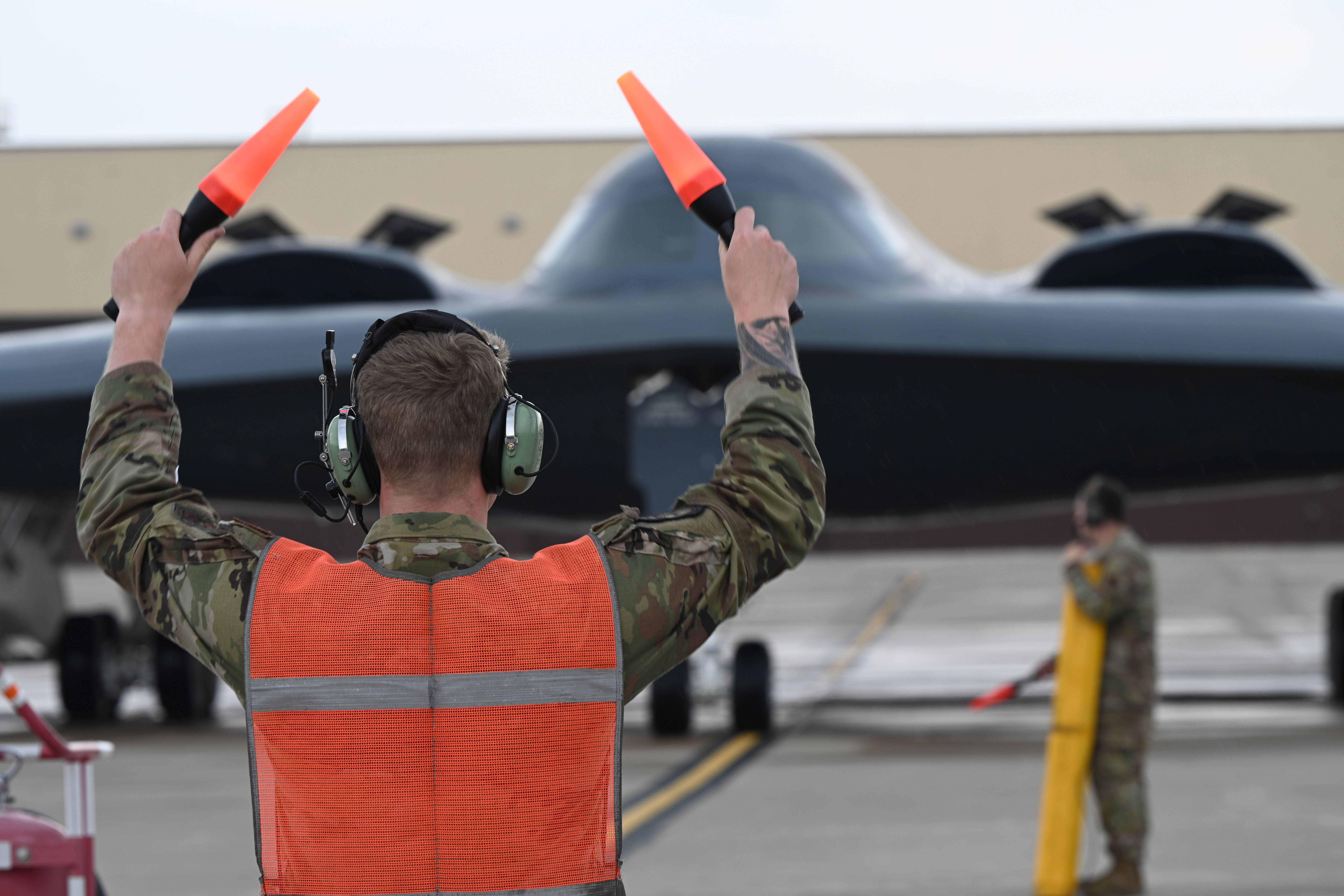 Photo: US Air Force
Photo: US Air Force
The long-duration missions flown by the B-2 Spirit bomber rely on more than stealthtechnologies or advanced materials. At the core, they depend on human endurance. While radar evasion and aerodynamic efficiency are the spotlight qualities, the basic amenities carried inside ensure that two-person crews can remain alert and operational throughout missions that routinely exceed forty hours. This capability transforms cockpit design from merely functional into habitable, allowing pilots to alternate rest periods and maintain combat readiness while soaring across time zones.
In the broader context of military aviation, crew fatigue management will become increasingly vital as future missions stretch further in distance and duration. Lessons learned from the B-2’s compact rest area are shaping the design of next-generation bombers, like the B-21 Raider. These considerations will ensure future stealth platforms not only meet strategic and technological objectives but also keep the human in the loop to preserve the operational capability of Global Strike Command.
The human component of strategic bomber missions will continue to be important as aircraft roles change and unmanned systems become more prevalent. In order to keep pilots operating at their best cognitively across worldwide deployments, future bomber designs are probably going to include improved crew comfort and cutting-edge fatigue management devices right into their original plans. In the end, maintaining strategic airpower over the ensuing decades will depend on including the best designs for aircrew from the beginning.
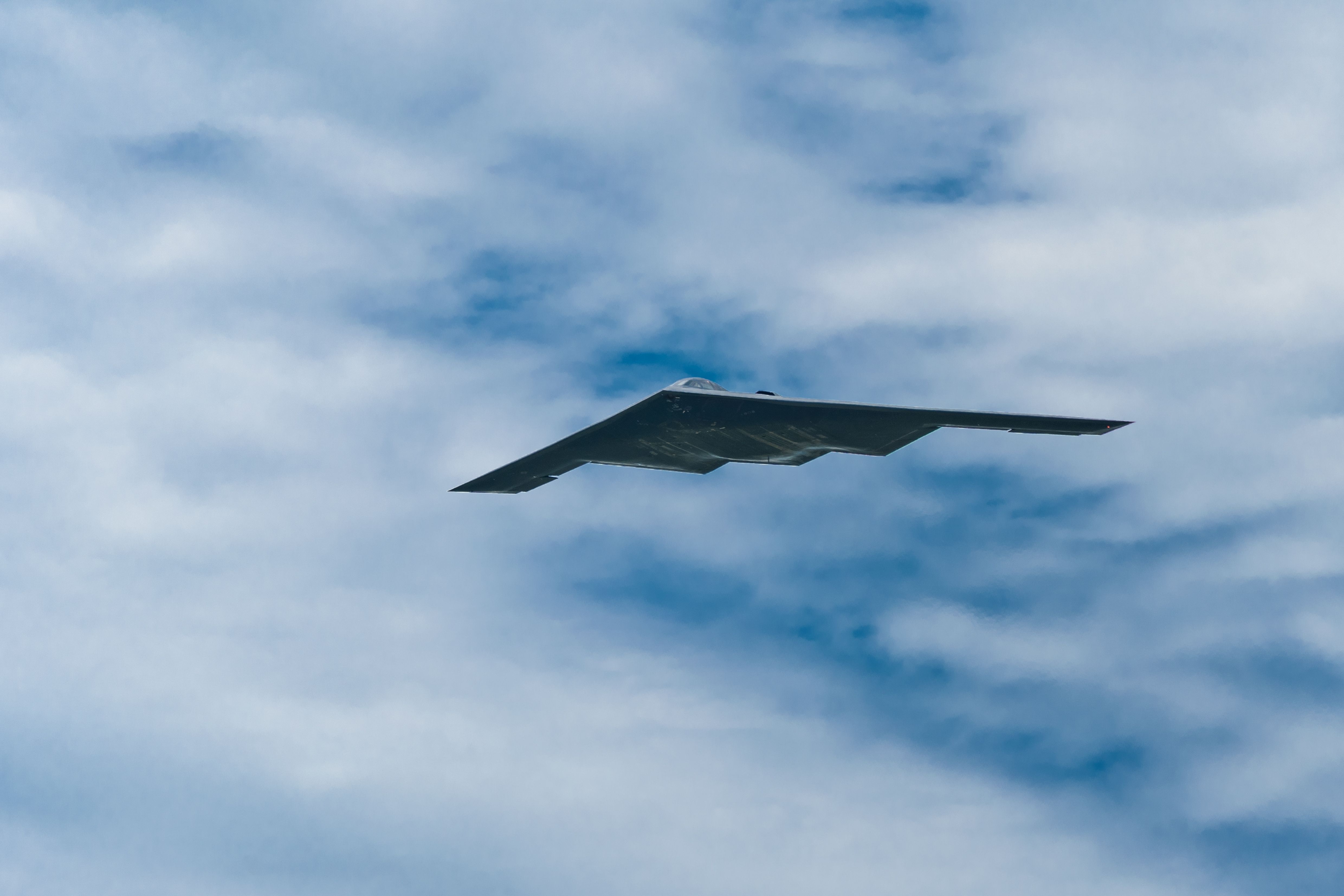
Related
Why The B-2 Spirit Can't Handle The Rain
Monsoon season takes out the world’s most expensive piece of military hardware: how Mother Nature struck down the cutting-edge flying wing.
.png)

